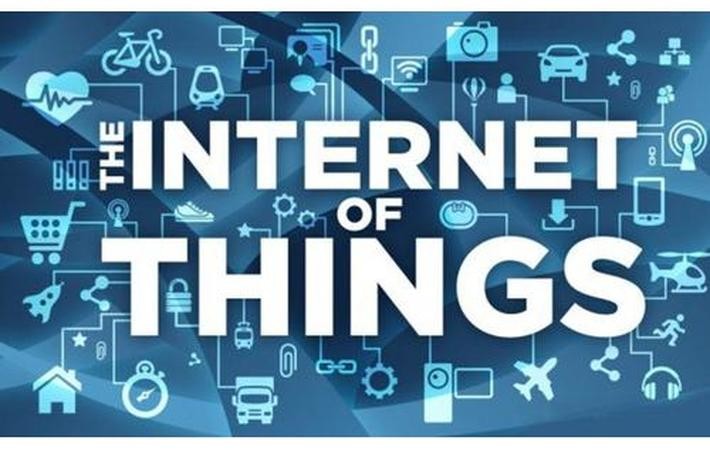
Published on 11/03/2016 | Technology
Modern enterprises are looking closer at new cloud technology and IT infrastructure solutions in an effort to support production-scale integration of container technology in the data center. Cypherpath, an on-demand containerized infrastructure solutions provider announced a series of predictions for the 2017 calendar year that outline several upcoming market trends that are poised to change how companies interact with containers and IT software.
Bare metal architecture, which allows software-defined infrastructure to be directly installed onto the hardware, bypassing any existing VMs, will become more appealing to businesses that need greater control of their applications and data. This is particularly important for cloud computing companies, which are motivated to bypass legacy virtualization solutions. In 2017, we expect the cloud providers market to market start switching wholesale to bare metal architecture, slowly at first, but ramping up throughout the year.
Applications were originally created to be portable and agnostic to operating systems that they are supposed to run on. However, 2017 will see application containers that are themselves operating systems to further meet app dependencies. More and more containers will become exposed to OS’s and will become more influenced by them as a result.
Popularized by companies like Mesosphere and Docker, container usage is moving from strictly test and dev into production. Microservices, which enable ongoing iteration inside containers, allow developers to continuously deploy new or updated parts of an application and provide a way to rework specific system pieces as needed. However, since microservices rely on the underlying IT stack, which requires a host of provisioned resources, extensively deploying them in the same manner as the apps they service continues to be a stumbling block. As a result, 2017 will lead to an increase in vendors that specialize in supporting microservices deployment that lowers latency while boosting performance.
The idea of using containers beyond app development and testing is still new, but the concept of containers will soon expand to other areas of IT. Storage, networking and even compute can all be encapsulated in a similar environment and 2017 will see more discussion about the expanding definition of containers.
"Infrastructures at the compute, network, and storage levels have been deployed in a persistent manner over the last decade, even as DevOps fostered the evolution of applications and services running on those infrastructures,” said Danial Faizullabhoy, CEO of Cypherpath. “Continuous delivery is now affecting the entire infrastructure stack, so there is a need for multiple infrastructures to exist simultaneously and be able to be deployed and managed on-demand. This is what bare metal architecture is uniquely designed to provide. Cloud providers are on the forefront of this process and will need to shift to bare metal sooner rather than later if they expect to be able to compete.”